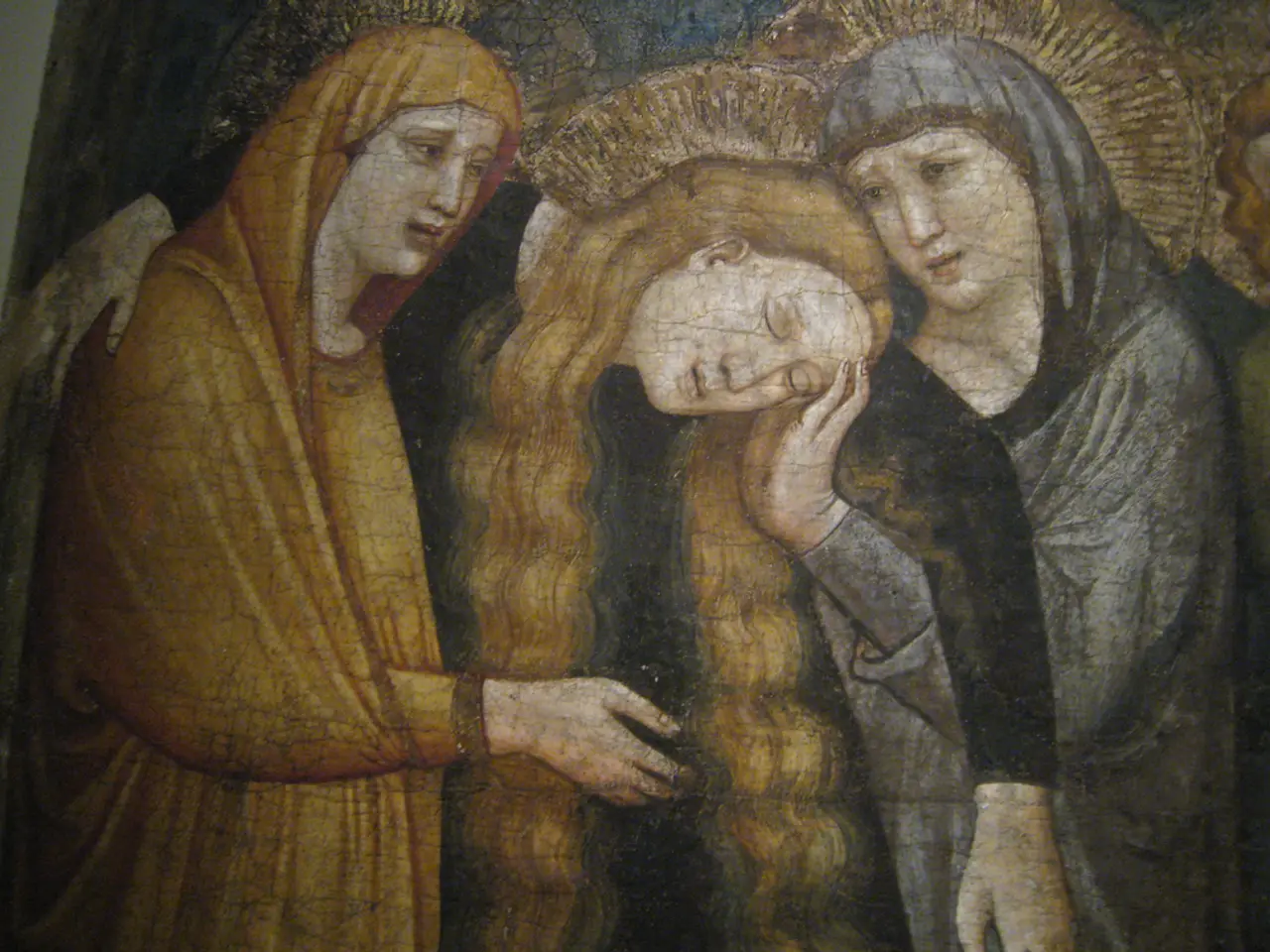Unearthing the Intricacies of Visual Design Artistry in Various Realms
In the creative realm, concept art has emerged as a vital pillar, playing a crucial role in the development of various industries such as video games, film, animation, advertising, and more. This visual blueprint serves as the foundation upon which engaging stories are built and captivating worlds are brought to life.
Concept art acts as a visual representation of initial ideas and concepts, providing a clear and concise visual guide for the creative team. It serves as a powerful tool for communication and collaboration, allowing artists and designers to convey their vision and ideas to the rest of the team.
The impact of concept art on visual storytelling is profound. It helps establish the visual identity and narrative of a project, guiding the creative direction of the final product. Concept art acts as a guide for the entire creative team, ensuring that everyone is working towards a cohesive vision.
Concept artists may specialise in creating character designs, environment designs, prop designs, or storyboards, depending on their area of interest. Their work helps to flesh out the world, characters, and environments, allowing the creative team to explore different possibilities and make informed decisions before moving forward with the production process.
Understanding colour theory and how different shades complement each other can be crucial in creating visually appealing concept art. The diversity of styles and approaches in concept art allows for a wide range of artistic expression, from realistic and detailed designs to more abstract and stylised interpretations.
Modern concept art creation integrates traditional drawing and painting techniques with a variety of digital tools. Artists rely heavily on digital painting techniques, pencil sketches, charcoal drawings, storyboarding, and iconography. Key software tools for concept art include Adobe Photoshop, Procreate, Krita, Rebelle, and 3D software like ZBrush and Blender.
Advancements in technology have also opened up new opportunities for concept artists. Virtual Reality tools such as Tilt Brush and Gravity Sketch allow artists to create and explore environments in immersive 3D spaces to better understand scale and spatial relationships. Game engines like Unreal Engine 5 and Unity help concept artists visualise how designs will appear in real-time within a game environment, enabling iterative refinement and direct transition from concept to production-ready assets.
Emerging AI and machine learning tools are also being used to automate repetitive tasks, generate sketches, and suggest design variations rapidly, expanding creative possibilities in environment concept art.
To become a concept artist, one needs strong drawing and illustration skills, a good understanding of composition, perspective, and colour theory, as well as the ability to work with digital art software. Having a strong imagination and the ability to think creatively are essential for this role.
Exploring career opportunities in concept art offers diverse options across various industries such as video games, film, animation, advertising, comic books, toy manufacturing, and virtual reality. With its significant influence on the visual development of these fields, concept art continues to shape the way stories are told and worlds are created.
Digital painting is a crucial technique employed by concept artists, integrating traditional and modern methods to create visually striking concept art. The creative process of a concept artist involves illustration, bringing characters, environments, and storylines to life, transforming initial ideas into engaging works of art that serve as guides in various entertainment industries.




